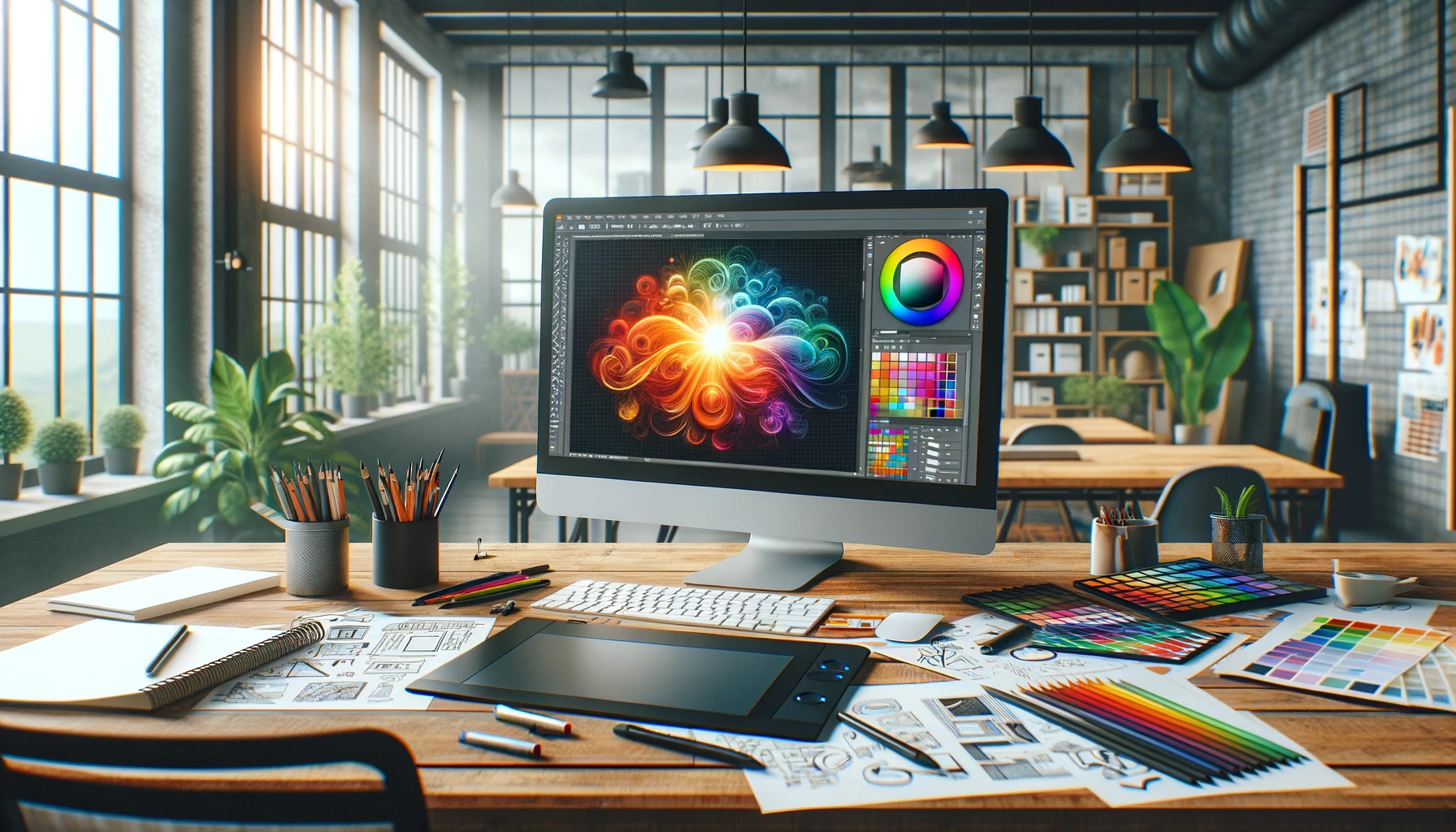Best Practices for Designers Using PNG Images
By Conner
Published March 25, 2024
 Best Practices for Designers Using PNG Images
Best Practices for Designers Using PNG Images
In digital design, PNG (Portable Network Graphics) images stand out for their remarkable clarity, transparency support, and lossless compression. As a designer, mastering the use of PNG can elevate your projects, whether in web design, graphic art, or user interface development. This article delves into the best practices for designers utilizing PNG images, ensuring that your creations not only captivate but also function flawlessly across various platforms.
Understanding the Strengths of PNG
At its core, PNG excels in scenarios where image quality and transparency are paramount. Its ability to handle detailed, high-contrast visuals without losing quality during compression makes it a go-to choice for designers. However, with great power comes great responsibility. The proper application of PNG images can make or break your design's performance and aesthetic appeal.
1. Optimize Your PNGs for Web Use
When incorporating PNG in web design, it's crucial to balance image quality with file size. Large, unoptimized PNG files can significantly slow down your website, harming user experience and SEO rankings. Use tools to compress and optimize your PNG images, ensuring they are web-ready. Striking this balance maintains visual quality while ensuring fast load times, a critical aspect of web design.
2. Employ PNG for Transparent Backgrounds
One of PNG's standout features is its support for transparency. This is especially useful in graphic design, where you might need to layer images without a visible box around them. Transparent PNGs allow for seamless integration of logos, icons, and other graphic elements over various backgrounds, enhancing the visual dynamics of your design.
3. Consider the Use of Free PNG Images Wisely
The internet offers a plethora of free PNG images, which can be tempting for designers looking to save time and resources. While these resources can be incredibly useful, it's vital to consider copyright and quality. Always verify the licensing to ensure you're legally permitted to use the image, and inspect the image's resolution and clarity to maintain your project's professionalism.
4. Stay Updated on PNG Design Trends
Design is an ever-evolving field, with trends coming and going. Keeping abreast of current PNG design trends can inspire your projects and help them stand out. Whether it's the use of bold colors, minimalist icons, or complex textures, incorporating contemporary trends can give your work a modern edge. However, trends should complement your design, not dictate it.
5. Utilize PNG for High-Quality Print Materials
Though often associated with digital mediums, PNG also plays a significant role in graphic design for print. Its lossless compression means that you can work on detailed, high-quality images without worrying about degradation. When designing for print, ensure your PNGs are of the highest resolution and are properly converted to CMYK color mode if necessary.
6. Leverage PNG for Complex Images
For intricate designs with a wide range of colors and gradients, such as digital illustrations or photo-realistic graphics, PNG is your best bet. Its ability to accurately display these complex images without loss of detail or color quality makes it superior for high-impact visuals in both web and graphic design.
7. Be Mindful of File Size and Compatibility
Despite its advantages, PNG's file size can be a drawback, particularly for PNG in web design. Always compress your images to a web-friendly size, but without sacrificing too much quality. Additionally, ensure compatibility across all browsers and devices. While most modern browsers support PNG, testing is crucial to avoid surprises.
8. Integrate PNGs with Other File Formats
While PNGs are versatile, they're not always the right choice for every element of your design. For instance, simpler graphics such as flat icons might be more efficiently served as SVGs. For designers, understanding when to use PNG versus other formats like JPEG or SVG can significantly enhance your design's performance and visual appeal.
9. Experiment with PNG for UI Elements
In UI/UX design, PNG's transparency and quality shine in creating interfaces that are both beautiful and functional. Use PNGs for buttons, icons, and other interface elements to add depth and clarity to your designs. However, keep an eye on file sizes to ensure your application or website remains responsive.
10. Practice Ethical Design
Finally, as you harness the power of PNG for your design projects, remember the importance of ethical design practices. This means not only respecting copyright and licensing laws but also considering the environmental impact of your digital creations. Optimize your PNG files to reduce their digital footprint, contributing to a more sustainable web.
In Conclusion
PNG images offer a blend of quality, transparency, and compression that can significantly enhance your design projects. Whether you're working on PNG for designers in web or graphic design, understanding how to leverage this format's strengths while mitigating its weaknesses is key to producing compelling, efficient,